Arcanorium CollegeCollege News and Views
Hypersphere Cosmology (21)
Equation 14

Equation 14
The universe has an information deficit in the sense that it has only one bit of information/entropy for every e20 Planck lengths and this represents the universe’s pixilation or ‘grain size’. In practise we do not observe anything physically real at LESS than twenty orders of magnitude Above the Planck Length or Above the Planck Time.
See below: -
Equation 15

Equation 15
It may seem odd that whilst the ‘enhanced’ Planck length and Planck time set a lower limit for quantum particles, (see equation 14) whilst a similarly ‘reduced’ Planck mass sets an upper limit for the size of stable quanta.
However, the wavelength of a quantum is inversely proportional to its mass, heavier quanta have smaller not larger wavelengths.
Stable quanta cannot have a mass in excess of e-20 Planck mass or their wavelengths would fall below the pixilation level of the universe.
See below: -
Equation 16
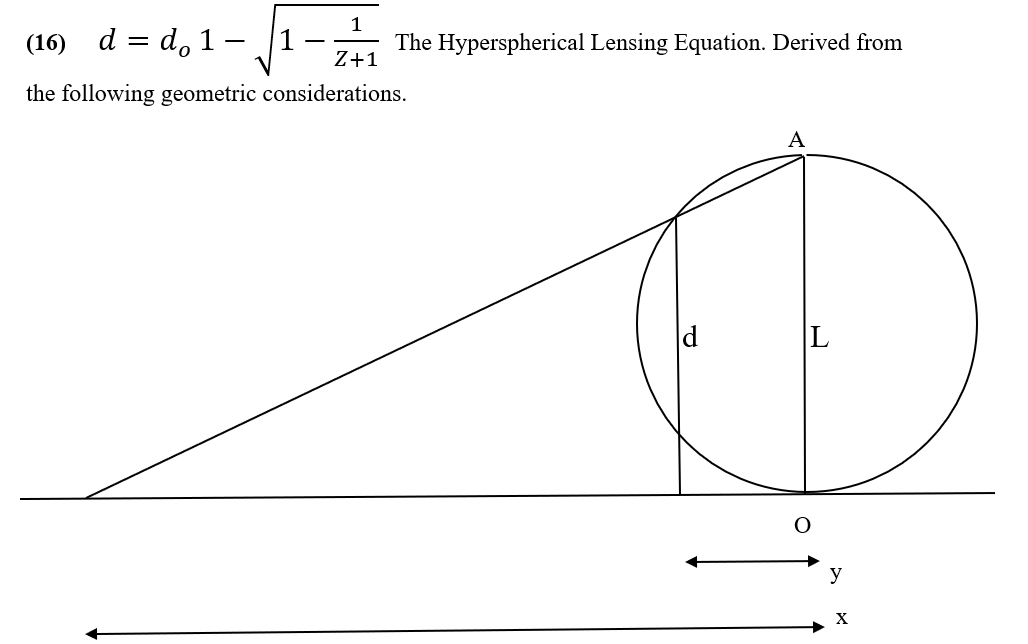
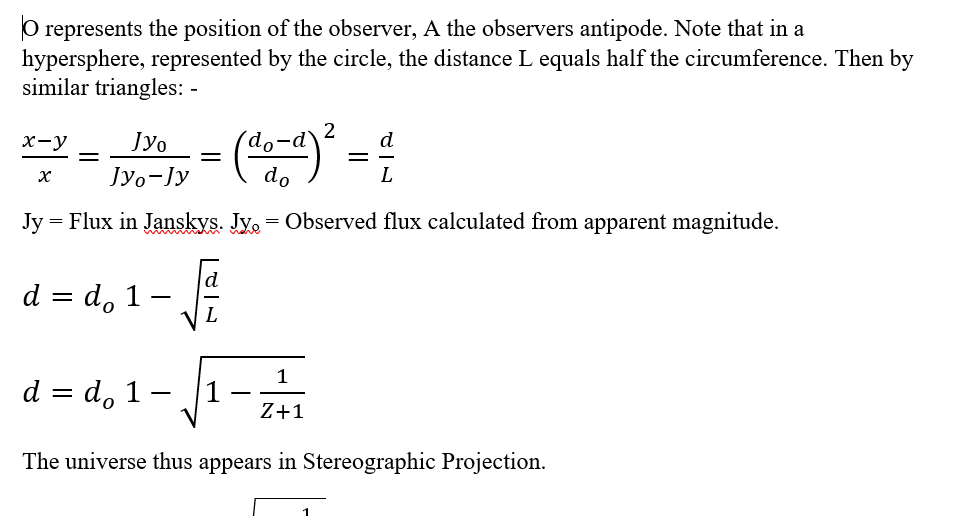
Equation 16
A stereographic projection can show the effect of projecting an n-sphere into an n-dimensional space.
For the purposes of Hypersphere Cosmology, we require a projection of a 3-sphere into three-dimensional space as observers will measure light as having travelled to them in ‘straight’ lines.
The diagram shown projects a 1-sphere (a circle) into a 1-space (a line), but this will suffice as we only need to know the distortion of distance.
Imagine first the projection of a 2-sphere (say a globe) into a 2-space (a flat surface). Imagine that we construct a wire frame globe with lines of latitude and longitude made of wires. If we place the globe south pole down on a sheet of paper and then place a lightbulb just inside the smallest ring of latitude around the north pole. The light will throw a shadow of the latitude wires of the globe onto the paper. The latitude rings close to the south pole will appear as circles close to the south pole on the paper, but latitude rings further from the south pole will start to appear exponentially larger and further away from the south pole on the paper. In principle, the shadow from latitudes very close to the north pole will go off the edges of a sheet of paper of any size.
Now a Glome-type hypersphere has the property that its circumference equals twice its antipode length L, so the distance d equals the distance around the circumference from the observer at the origin O at which we seek to determine the projection.
Such stereographic projections project a circle into an ever more widely spaced series of points on a line. A sphere becomes a series of ever more widely spaced concentric circles on a plane, a Glome hypersphere becomes an ever more widely spaced series of concentric 3D spheres. The equation shows the same distance relationship in all the various dimensional scenarios.
By expressing distance d over antipode length L and converting to redshift Z using the Redshift-Distance Equation we can relate the distance distortion from apparent to actual distance caused by lensing directly to redshift.
This shows that the universe does not undergo an accelerating expansion and does not need Dark Energy. It also allows a precise determination of the antipode length of the universe by Equation 17.
Equation 17

Equation 17
The Redshift-Distance and the Lensing equations 6 and 16 together yield a derivation for the Antipode length L for the universe.
This derivation depends only on measured redshifts and measured apparent distances derived from measured apparent magnitudes.
As shown in the extensive calculations here: -
A value of L close to 1.23 e metres emerges in every case, within the limits of observational inaccuracies in apparent magnitude observations. This corresponds to 13 billion light years.
The substitution of this value for L into equation 1 gives the exact value of the mass of the universe M at 8 e52 kilograms, eighty octillion metric tonnes.
The substitution of this value for L into equation 2 gives the exact value of A the spacetime curvature of the universe expressed as an acceleration of 7.317 e-10 metres per second squared.
The substitution of this value for L into equation 5 gives the exact angular velocity of megastructures around the universe as 0.005 arcseconds per century on the basis that they rotate around the great circles of a Hopf Fibration of the hypersphere with a circumference of twice the antipode length L.
Galactic Rotation Curves
Galactic Rotation Curves.
A large discrepancy exists between the rotation curves for disc galaxies expected from a classical or relativistic consideration of their baryonic mass distributions, and the rotation curves observed. This discrepancy has led to the hypothesis that a mysterious ‘Dark Matter’ must make up the difference.
Gomel and Zimmerman show that an apparently ‘Non -Inertial System Component’ in the form of an angular velocity ‘w’, can account for this discrepancy.
v(r) = vi(r) + w(r)
https://www.preprints.org/manuscript/201908.0046/v1
This paper asserts that the angular velocity w arises from a Gödelian rotation component of the galaxies where w = 2sqrt (pi G p)
https://journals.aps.org/rmp/abstract/10.1103/RevModPhys.21.447
‘Matter everywhere rotates with an angular velocity of twice the square root of pi times the gravitational constant times the density.’
Thus, v(r) = vi(r) = 2sqrt(pi G p) r
Now because the wr component of galactic rotation dominates at the extremities of galactic discs, thus creating ‘flat’ rotation curves, and because the outer edges of all disc galaxies rotate with the same time period of almost exactly one billion years, irrespective of their varied sizes.
https://astronomy.com/news/2018/03/all-galaxies-rotate-once-every-billion-years
It follows that we can calculate w with high accuracy to w = 2 e-16 radians/second.
Calculation:
distance/velocity = time
2 pi r / wr = t
2 pi / 2 e-16 = t
pi e16 = t = 3.142 e16 seconds.
(A billion years equals 3.155 e16 seconds)
Thus, it seems far more likely that all disc galaxies have a Gödelian rotational component of precisely 2 e-16 radians/second rather than dark matter halos with sizes and masses precisely and mysteriously tailored for each galaxy’s distribution of ordinary baryonic matter to create the observed rotation curves.
Peter J Carroll 13/02/2021
Type 1A supernovae and Hypersphere Cosmology
Lensing, Redshift and Distance for Type1A Supernovae.
All data input from Perlmutter et all, https://arxiv.org/pdf/astro-ph/9812133.pdf
The measured Apparent Magnitudes of type 1A Supernovae become converted into fluxes measured in Janskys and these fluxes become converted into Apparent Distances on the basis of the inverse square law taking the Absolute Magnitude of a type 1A supernova as -19.3 at 10 parsecs as the basis of calculation.
The Lensing Equation then gives the Actual Distance for each supernova.
The Redshift-Distance Equation then gives the Antipode distance of the Universe which comes out at ~13 billion light years with only minor divergences, in every case.
The physical principles underlying the Lensing Equation and the Redshift-Distance Equation lie here https://www.specularium.org/hypersphere-cosmology in sections 8 and 5 respectively.
This analysis suggests that the small positive spacetime curvature of a Hyperspherical Universe can account for the apparent discrepancies between observed redshifts and observed apparent magnitudes of type 1A, and the hypotheses of an expanding universe with an accelerating expansion driven by a mysterious ‘dark energy’ become unnecessary.
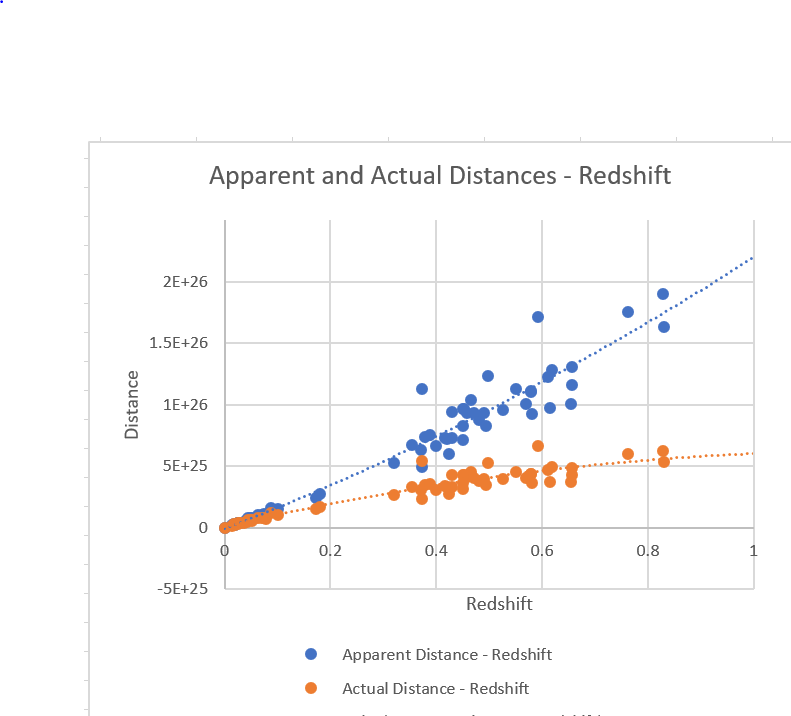
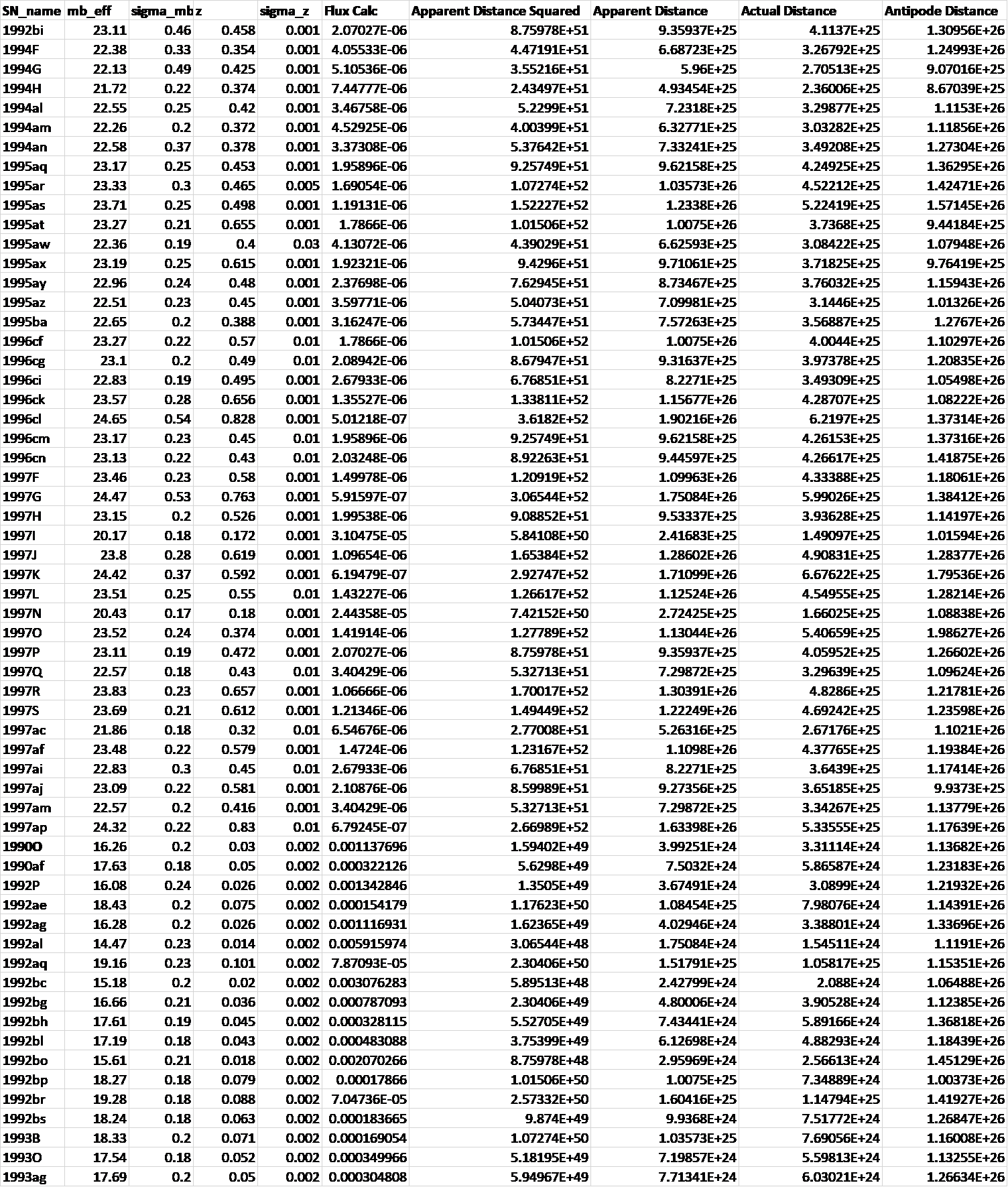
HyperSphere Cosmology
Hypersphere Cosmology. (6) P J Carroll 28/2/2021
Abstract. Hypersphere Cosmology presents an alternative to the expanding universe of the standard LCDM-Big Bang model. In Hypersphere Cosmology, a universe finite and unbounded in both space and time has a small positive spacetime curvature and a form of rotation. This positive spacetime curvature appears as an acceleration A that accounts for the cosmological redshift of distant galaxies and a stereographic projection of radiant flux from distant sources that makes them appear dimmer and hence more distant.
In Hypersphere Cosmology the universe does not expand, no big bang occurred, singularities do not occur, dark matter and dark energy do not exist. It provides alternative interpretations of the observations that led to such hypotheses.
The seventeen core equations of the theory each have a separate page detailing the physical principles used.
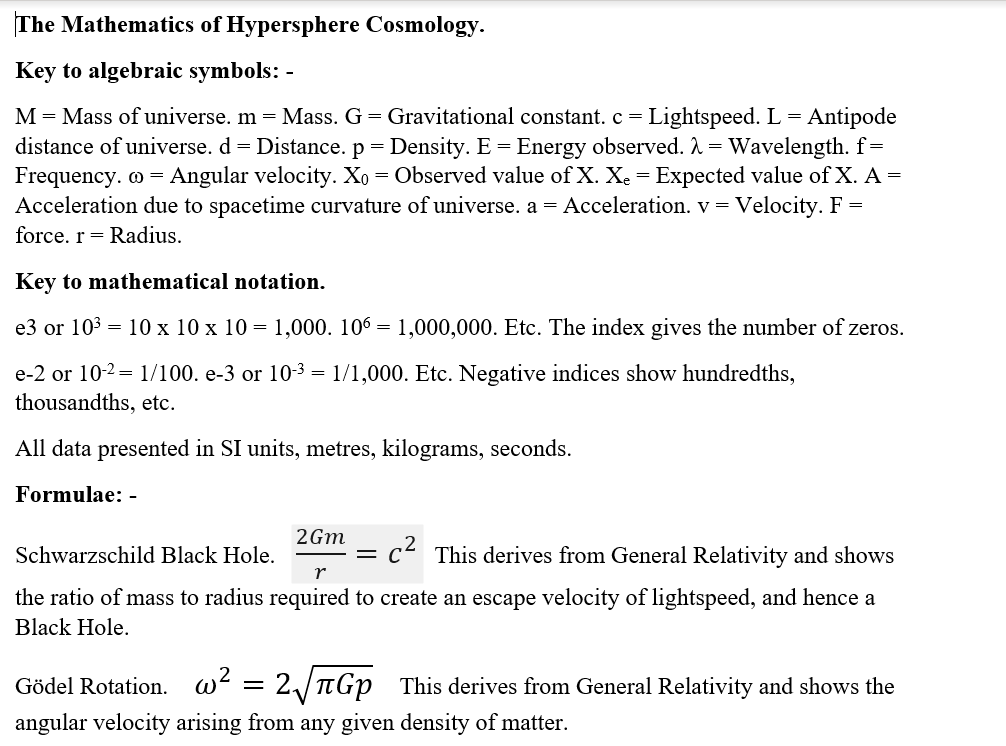
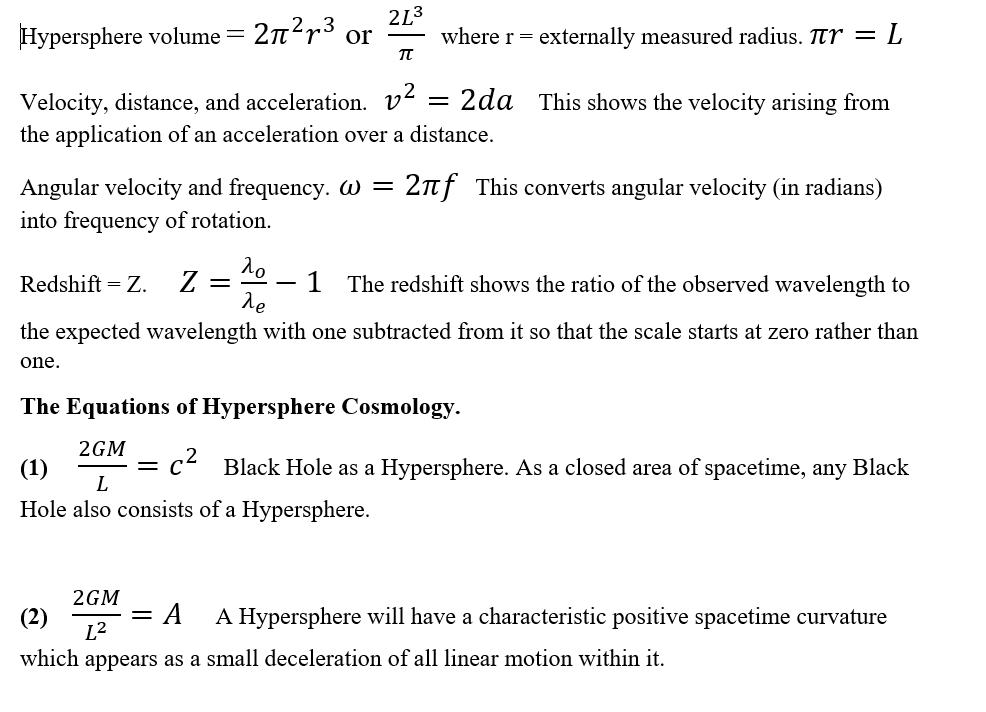
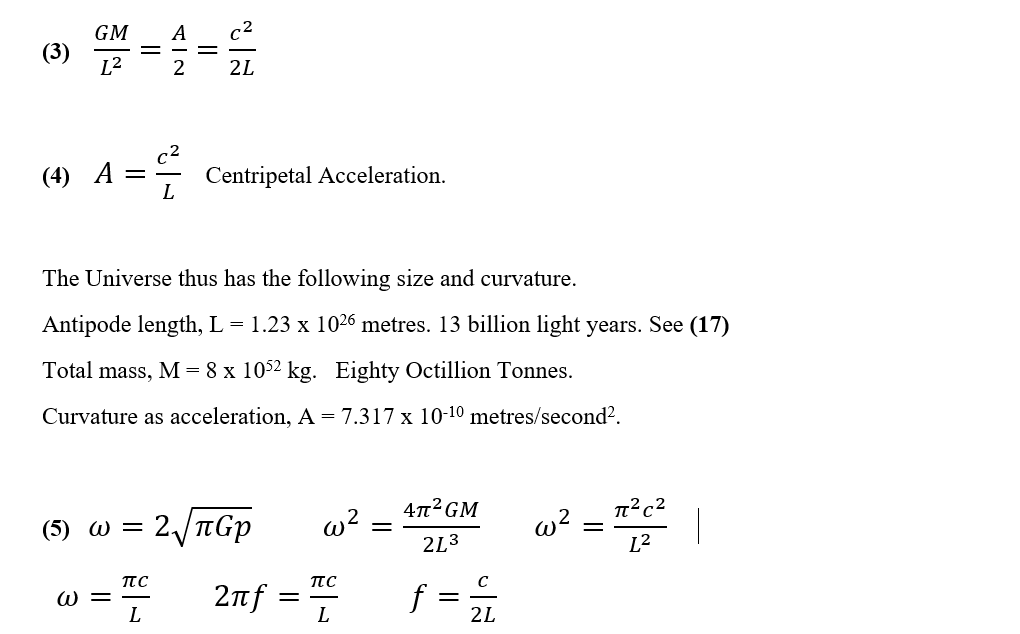
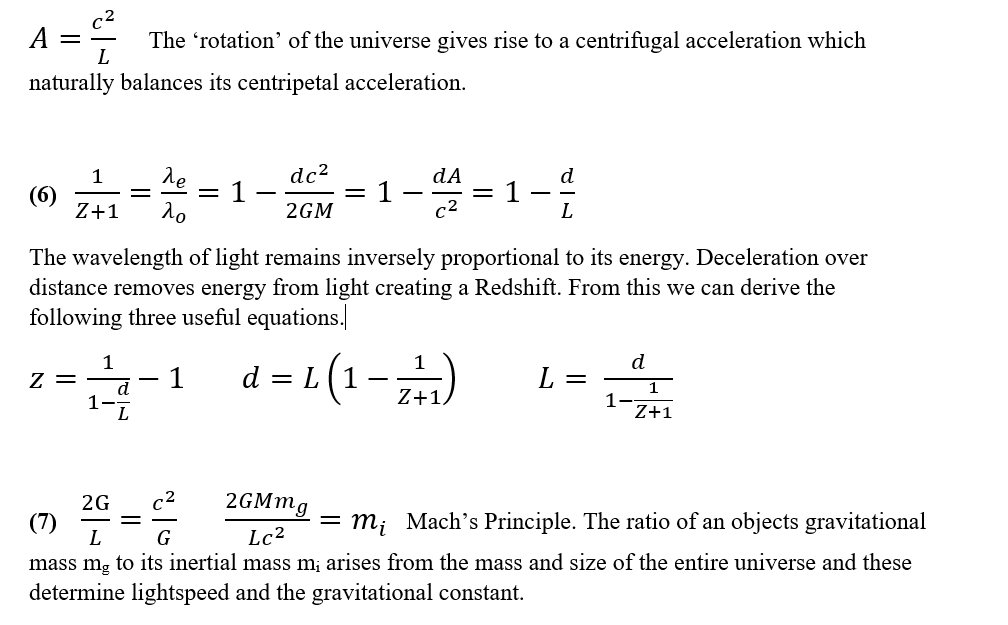
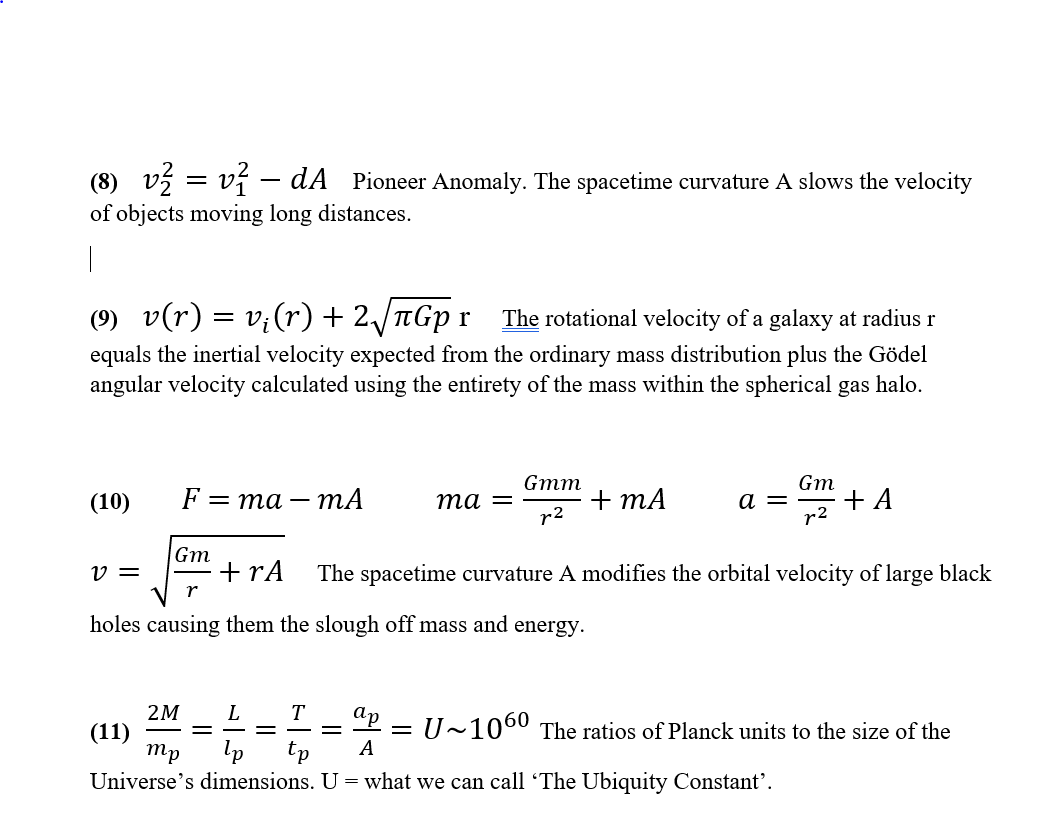
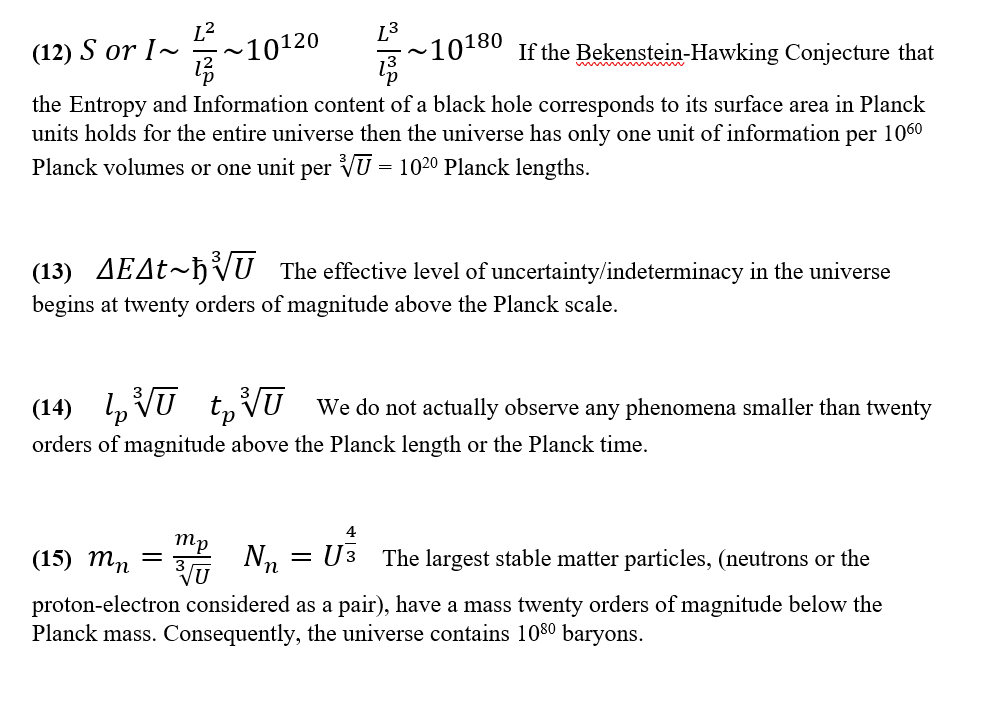
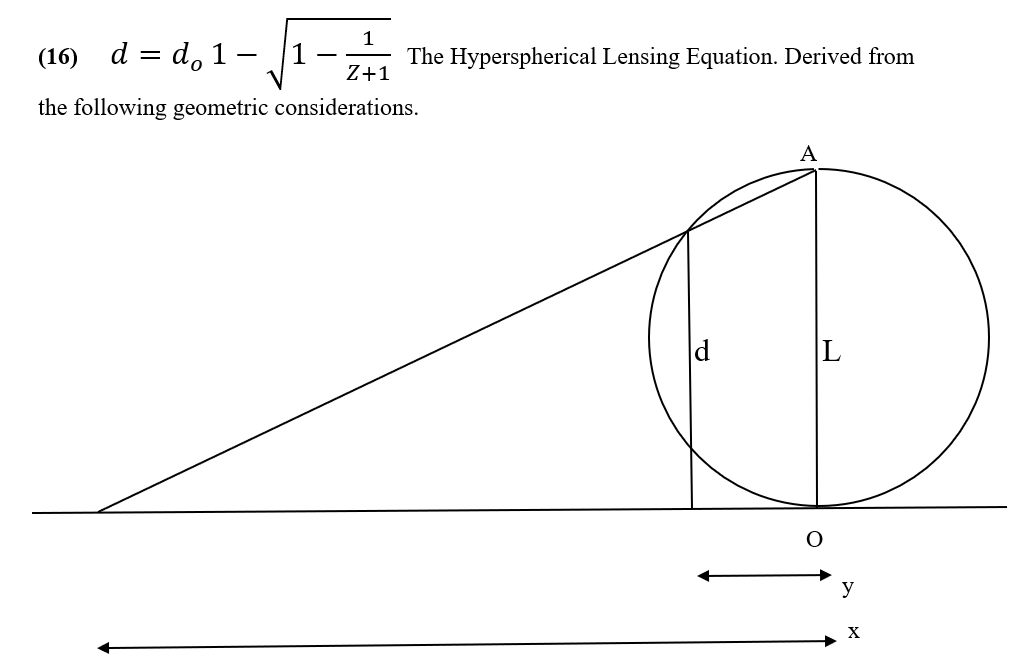
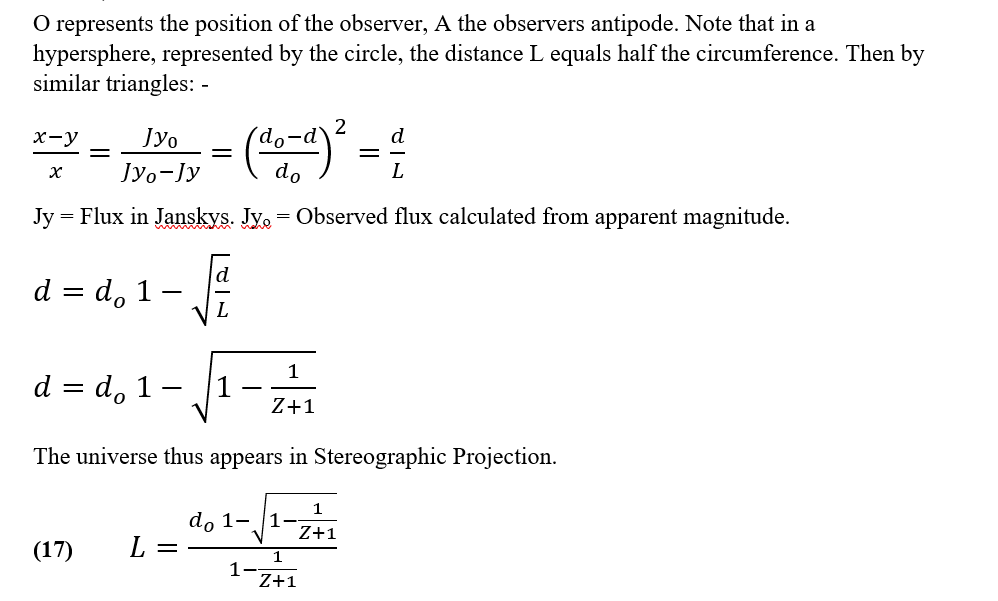
Commentary. The Hypersphere Cosmology model seeks to replace the standard LCDM Big Bang cosmological model with something approaching its exact opposite.
In HC the universe does not expand, it remains as a finite but unbounded structure in both space and time with spatial and temporal horizons of about 13bn light years and 13bn years. The HC universe does not collapse because its major gravitationally bound structures all rotate back and forth to their antipode positions over a 26bnyr period about randomly aligned axes, giving the universe no overall angular momentum and no observable axis of rotation.
The small positive spacetime curvature of the Glome type Hypersphere of the universe has many effects, it redshifts light traveling across it, it lenses distant objects making them look further away.
In terms of the enormously dimmed flux from very distant sources the antipode will appear to lie an infinite distance away, and beyond direct observation, even though the antipode of any point in the universe lies about 13bnlyr distant.
The antipode thus in a sense plays the anti-role of the Big Bang Singularity in LCDM cosmology. We can never directly observe either, but instead of an apparently infinitely dense and infinitely hot singularity a finite distance away in universe undergoing an accelerating expansion in space and time, Hypersphere Cosmology posits an Antipode that will appear infinitely distant in space and time and infinitely diffuse and cold, even though actual conditions at the antipode of any point will appear broadly similar on the large scale for any observer anywhere in space and time within the hypersphere.
Both HC and LCDM-BB can both model many of the important cosmological observations but in radically different ways. HC has more economical concepts, as a small positive spacetime curvature alone can account for redshift without expansion, the dimming of distant sources of light without an accelerating expansion driven by dark energy, and it also offers a singularity free universe.
Neither model really explains where the universe ‘came from’, but we have no reason to regard non-existence as somehow more fundamental than existence.
The evidence for one-way cosmological evolution remains mixed. The entropy of a vast Glome Hypersphere can remain constant as a function of its hypersurface area. On the very large scale the universe needs only the ability to break neutrons and to break black holes to maintain constant entropy. Very distant parts of the universe appear to contain structures far too large to have evolved in the BB timescale.
Gödel derived an exact solution of General Relativity in which ‘Matter everywhere rotates relative to the compass of inertia with an angular velocity of twice the square root of pi times the gravitational constant times the density’. This solution became largely ignored because of the apparent lack of observational evidence for an axis of rotation. However, in a hypersphere the galaxies can rotate back and forth to their antipode positions about randomly aligned axes (most probably around the circles of a Hopf Fibration of the hypersphere, thus resulting in a universe with no net overall angular momentum. Such a ‘Vorticitation’ would stabilise a hypersphere against implosion under its own gravity and result in the universe rotating at a mere fraction of an arcsecond per century – well below levels that we can currently observe.
Mach’s Principle can only work in a universe of constant size and density. Strong evidence exists to show that the gravitational constant and inertial masses have remained constant for billions of years.
The Cosmic Microwave Background Radiation may arise from light from this galaxy which re-converges on this galaxy from the antipode in highly redshifted form and smeared out as multiple images around the spherical horizon. Observers in deep intergalactic voids will then not observe such background radiation. Alternatively the Cosmic Microwave Background Radiation may arise from starlight redshifted down to 2.7Kelvin and then kept at that redshift by absorbtion and re-emission by the intergalactic medium at relatively short ranges.
See: -
https://www.specularium.org/component/k2/item/340-the-cmbr
Created by Peter J Carroll. This upgrade 30/11/2021. This email address is being protected from spambots. You need JavaScript enabled to view it.
